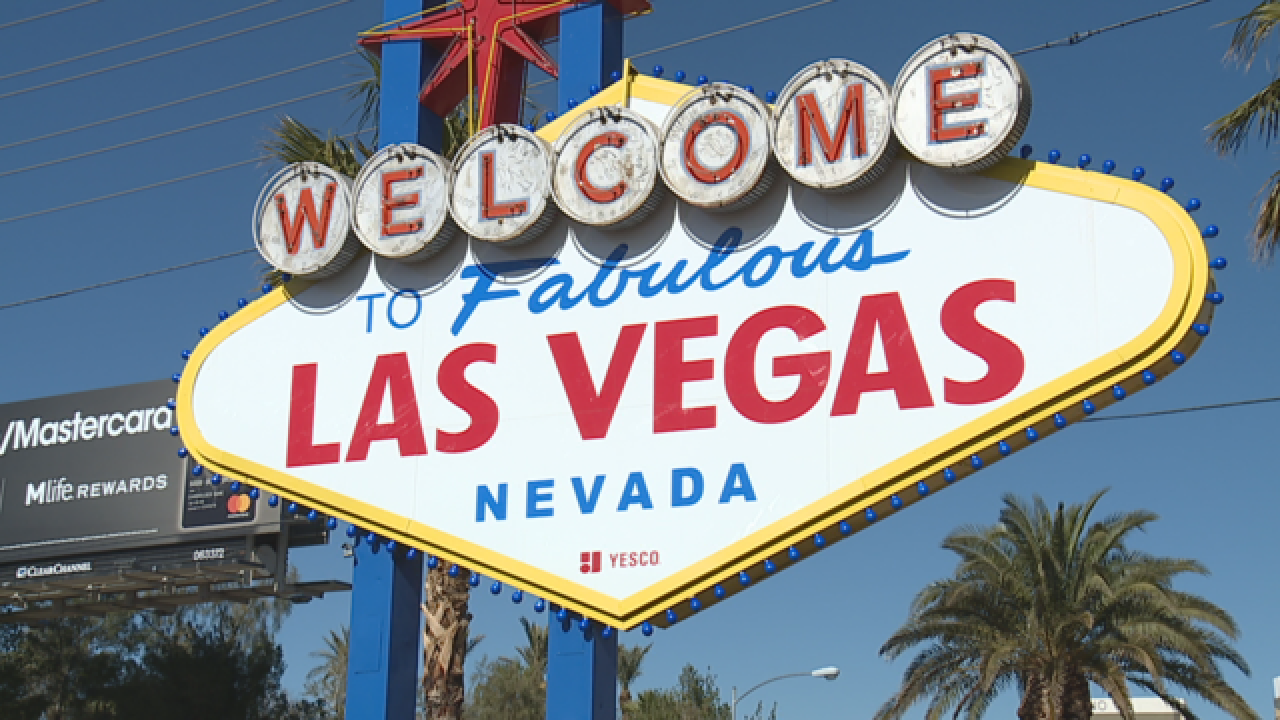Monday marks the 118th birthday of the City of Las Vegas.
In more than a century since the city was established, nearly 650,000 people have come to call it home.
As this city gets busier every day, it's easy to lose track of its very colorful past. Contrary to popular belief, Bugsy Siegel did not settle Las Vegas.
To get to the first European settlers, we have to go back a few more decades when a scout names Rafael Rivera discovered what would come to be known as Las Vegas: the meadows of the desert.
In 1830, it was an oasis along the Old Spanish Trail, and Rivera completed the section of that trail where the Las Vegas metropolitan area now sprawls.
Rivera hiked the Vegas Wash and became the first person after the Native Americans to visit the Las Vegas Valley.
Even back then, Las Vegas had a reputation. Some Spanish Trail travelers thought it was a good place to avoid, all because of a horse thief named Bill Williams.
"There was also a rumor about old Bill Williams, and we can't exactly confirm it — but it's nice to think about — that old Bill Williams was the 'Hannibal Lecter' of his day," Michael Green, a UNLV assistant history professor, told Channel 13 in a previous interview.
But in May of 1844, change came about when one brave explorer showed the world where to find "the meadows." He made a map and certified it with his name: John C. Fremont.
Fremont's route brought him to Big Springs in the area that's now U.S. 95 and Valley View Boulevard. Back then, a spring rose from the desert floor there, sending two streams of water across the valley. The Paiutes — who'd already been Mojave Desert residents for 1,000 years — made it their winter home.
In 1855, with Fremont's map in hand, 30 Mormon missionaries made the journey to Las Vegas. Their first stop came at what is now Las Vegas Boulevard and Washington Avenue, where they built a fort and became the valley's first white settlers.
"It took about two years before the heat got to them and divisions in the mission and Native Americans, who apparently were swiping the crops at night," Green told Channel 13.
The Mormons left in 1857, and the fort became a general store, changing hands a few times until the property fell into Archibald Stewart's hands. Along which his wife, Helen, and three kids, Stewart turned the ranch into a moneymaker.
But he would never see its full potential. Stewart was killed in a gunfight — one, maybe two shots fired, and he was dead.
Helen Stewart was 30 years old with four kids and pregnant with a fifth. She ran the ranch for the next 18 years and became one of the dominant figures of the fledgling Las Vegas settlement.
"She just made a go of it, hoping that if she stayed here long enough someone would come around, buy the ranch and make her wealthy," Green explained.
In 1903, Stewart's wish came true. A copper baron from Montana named William Clark bought her 800 acres for what was then a whopping $55,000.
Two years later, in came an auctioneer and, and high noon on May 15, 1905, with the desert sun beating down, the land was auctioned off — and Las Vegas officially became a town.
"Clark made over a quarter of a million dollars on that sale," Green said. "When you stop and think that he paid Mrs. Stewart $55,000, William Clark might have been the first person to make a killing in Las Vegas."




